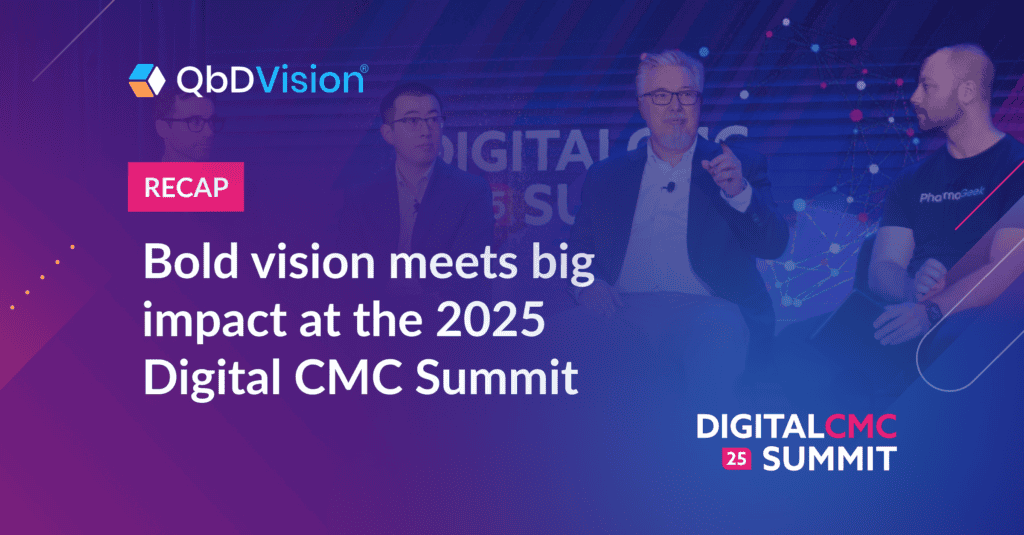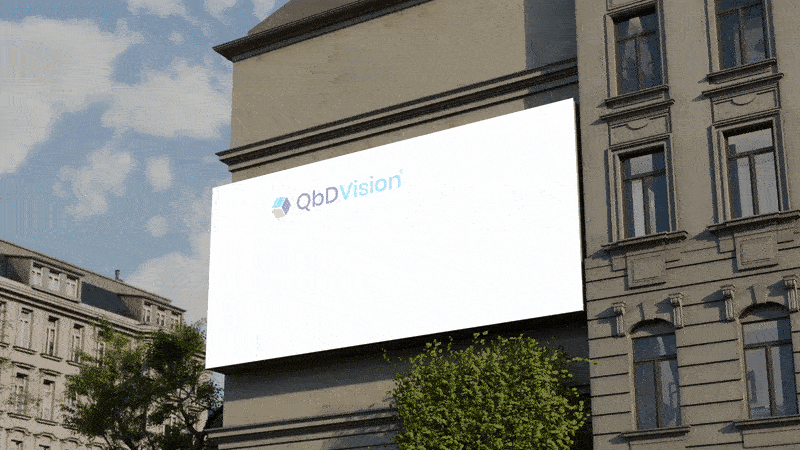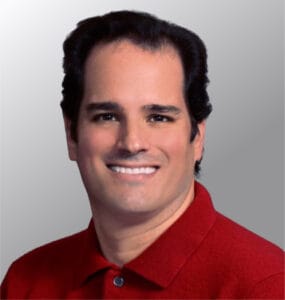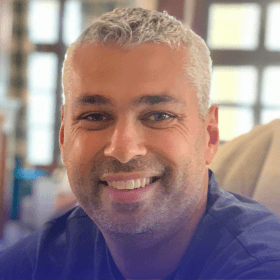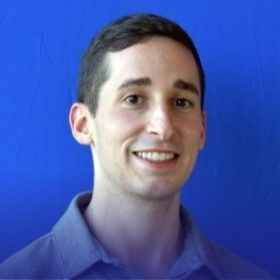Three Ways Smart Content Authoring Accelerates CMC Workflows
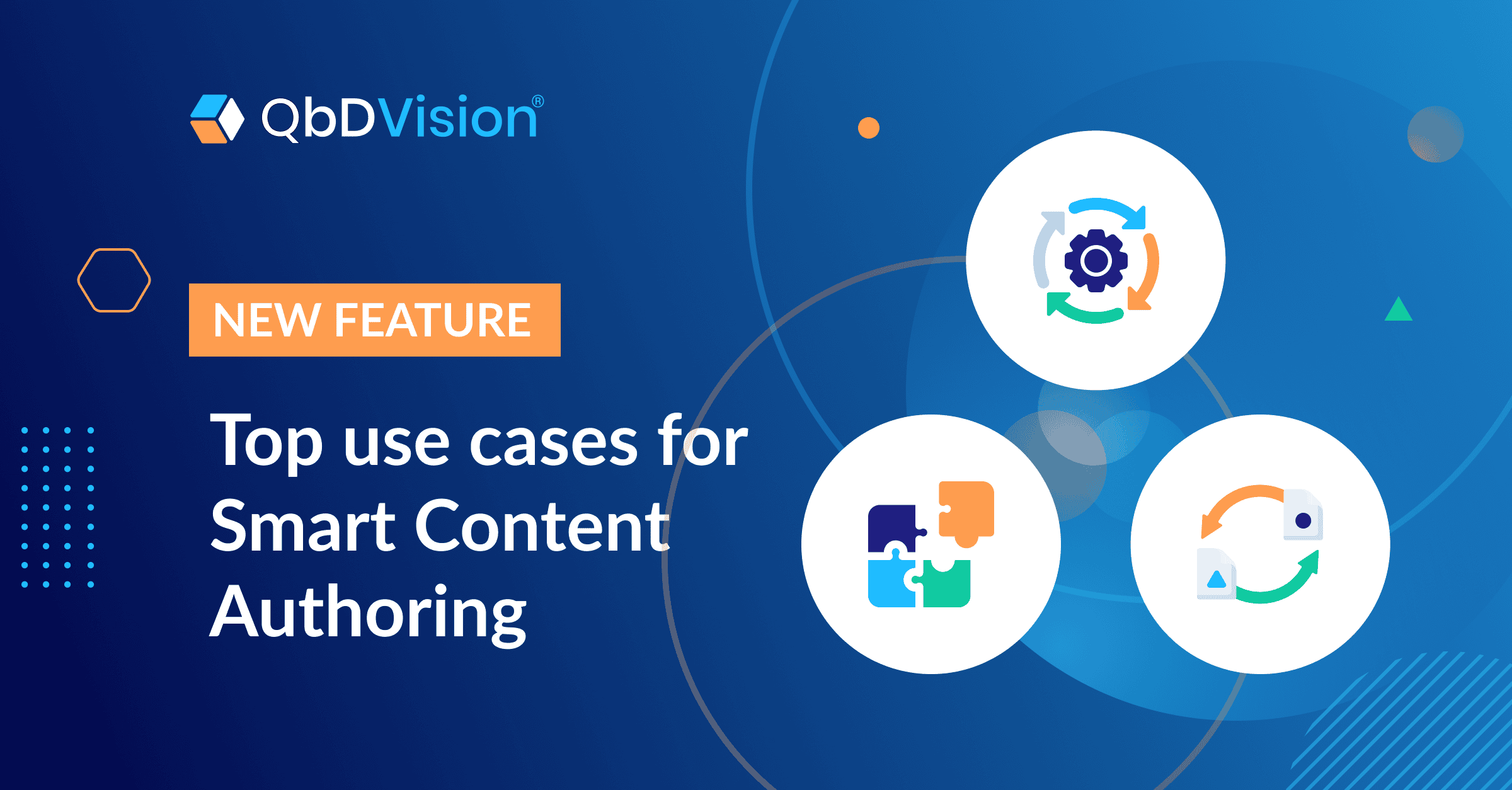
For drug developers, there’s a growing crisis in some of the most critical CMC workflows.
If you work in CMC, there’s a familiar and confounding question you’ve probably asked a few times recently: “Where is everything??”
CMC programs in general are notorious for fragmented information resources – scattered document troves, siloed historical knowledge, and vast volumes of unstructured data. CMC workflows are no exception: searching for critical results, analyses, or datasets can feel a bit like stepping into an early draft of Inception. Except the impossibly complex dream levels are SharePoints, OneDrives, file storage facilities, and Teams threads.
And now, with exabytes of new data flooding into the industry every year, that long-standing challenge has become something more – a full-blown crisis of tedious data extraction, exhausting consolidation tasks, and project timelines dragged out by laborious reporting, analysis, and compliance tasks. It’s quite the nightmare for many CMC experts and their workflows, one perpetuated by the industry’s reliance on document-centric processes and unstructured knowledge.
But are CMC programs stuck in that nightmare forever? As one legendary “extractor” famously put it, “You mustn’t be afraid to dream a little bigger, darling” – which is exactly what we did with an exciting new addition of the QbDVision platform.
Let me introduce you to Smart Content Authoring and three ways it can turn convoluted, time-consuming CMC tasks into intuitive, modern, data-driven workflows.
Your key to accelerated CMC processes and outputs
Like all QbDVision modules and tools, our approach to creating usable online documents is built on a one-of-a-kind foundation: a structured knowledge and information framework that enables you to harness your CMC data in unprecedented ways. QbDVision itself is more than a SaaS solution for drug developers: it’s a powerful platform that turns structured datasets, data transformation technologies, and individual point solutions into a transparent, integrated knowledge base that enables workflow automation, drives operational efficiency, and enhances lifecycle management.
Here’s a quick look at how Smart Content Authoring through a tool like Doc Builder leverages this unified knowledge base to deliver effective outputs:
Like all QbDVision modules and tools, our approach to creating usable online documents is built on a one-of-a-kind foundation: a structured knowledge and information framework that enables you to harness your CMC data in unprecedented ways.
The secret to these capabilities: the “digital fabric” of CMC data that QbDVision weaves from the millions of data points and volumes of valuable content scattered amongst various programs and people. QbDVision frees this information from dead-end documents, servers, notebooks, and inboxes, and translates it into discrete data objects – individual units of data that can be linked into digital threads and woven into a holistic, comprehensive, application ready-layer of CMC data for the whole organization.
Doc Builder is one of the most powerful of those applications that we’ve released so far. In just a few months, it has already made a quantifiable impact on customers’ CMC-related productivity, and just as quickly become a user favorite.
Why? Well, to answer that, ask yourself a different question: how long do you currently spend each day on manually assembling reports or documents to support submissions?
That shudder tells me all I need to know.
Use case 1: Unifying CMC knowledge
Perhaps the biggest challenge that QbDVision solves is the most fundamental: transforming scattered, siloed, disconnected CMC data resources into one connected, fully integrated information ecosystem. That fully unified system provides an ideal data architecture for specialized tools and applications, giving them the power to automate, accelerate, and de-risk critical steps and tasks across the development cycle.
Here’s what that ecosystem looks like once it’s unified in QbDVision. Every one of these “digital threads” – and the data points each one connects – can be tied directly to a report or submission by a Smart Content Authoring tool.

The beauty of this structure: It stores, links, and builds on work you’ve already done. Once you’ve created it, you never have to re-do it, search for it, or piece it back together – ever. With everything right there, ready to access, and ready to integrate, you can create, review, and finalize your CMC outputs all in one validated environment. No file-chasing, email scouring, or SharePoint diving required.
So what could that simplicity look like day-to-day in your CMC program? Let’s ask someone who’s currently doing it the hard way – and see what happens when those time-consuming tasks are automated away.
Use case 2: Automating compliance & reporting
If you’re like most scientists, engineers, analysts, or other experts who support CMC initiatives, slogging through another manually generated report probably makes you wonder if it’s really worse to get a root canal. Like all too many CMC workflows, compliance-related reporting can be a time suck big enough to feel like it should have its own event horizon.
Powering that vortex is the same age-old culprit: the sometimes hundreds of documents, files, and fragmented datasets that often need to be searched, consolidated, and stitched for every report…every time it needs to be produced.
But with digital document generation through QbDVision, a process that can sometimes take months can be completed in minutes. How? By tapping into all the scattered, siloed, fragmented data that has already been created in QbDVision – structured, linked, and ready to push into documents that regulatory agencies require. Once all of your documents, files, and datasets have been translated into searchable, linkable data objects, organizing those objects in a template can be as simple as hitting “generate report.”

How powerful is that? Here’s another way to look at it: In today’s CMC ecosystem, whenever you need money for lunch you have to shake couch cushions, search drawers, check pockets, and look under the bed. WIth QbDVision you have a CMC bank account, flush with every asset you need and ready to tell you exactly what you need to know about your resources. And producing a templated document – whether it’s an IND, a BLA, or your own custom report – can be as simple as downloading a statement.
In today’s CMC ecosystem, whenever you need money for lunch you have to shake couch cushions, search drawers, check pockets, and look under the bed. With QbDVision you have a CMC bank account.
A recent analysis by a QbDVision user showed the remarkable efficiency this tool can help organizations achieve. By automating their compliance workflows with a tool like Doc Builder, they reduced their overall reporting time by a remarkable 95% by eliminating duplicate work on development reports like FMEA. One key reporting task was even reduced from 3 weeks to just 6 hours. Excited to knock literally weeks of tedious manual reporting tasks out of your year? Wait till you see what Smart Content Authoring can do for your teams.
Use case 3: Streamlining tech transfers
There are few topics that can spike a drug developer’s diastolic blood pressure like tech transfers (looking at you, Inflation Reduction Act). They’re expensive. They’re time- and resource-intensive. They can have uncomfortable margins for error. McKinsey recently reported that tech transfers alone take an average of 18 months – a painfully long time on the final lap to commercial production.
Many different factors contribute to these notoriously long runways, but knowledge management is at the heart of the challenge. Document-based information and siloed process and operational knowledge simply take a long time to gather, consolidate, package, and re-implement in a different manufacturing environment.
Today, a typical tech transfer often kicks off with a scramble to capture all the necessary data, methods, processes, and parameters, and then consolidate, review, and approve them in yet another new stack of transfer-related documents. With QbDVision, all that information and knowledge is already captured in QbDVision during the development process – and plugged straight into Doc Builder. Mapping any of that data to new site and/or MES processes is as simple as generating a custom report and sending the recipient a login.
Need that method? Log in and grab it. Want to cross-compare materials, parameters, and specifications at each site? Click. Need to make a recipient aware of an updated attribute? Push.
Equipped with these tools, both sending and receiving sites can realize a stack of benefits across the tech transfer process:

Need that method? Log in and grab it. Want to cross-compare materials, parameters, and specifications at each site? Click. Need to make a recipient aware of an updated attribute? Push. It all happens in real time, with full visibility for both sides, with a fully compliant change log and audit trail.
So what does it look like for a user when they lift this huge burden from their MSAT teams? For our MENA customer, it looks like tech transfers that happen 3X faster than their typical cycle time. With QbDVision and Smart Content Authoring, they could virtually eliminate the time-consuming process of recalculating their risks at different scales and in different environments. Instead, they could simply set up a custom report in Doc Builder, change parameters as needed, and update the outputs – then share them with any site in their network with one click.
This is what the future of Digital CMC looks like. Except you can start using it today.
There’s a very good chance someone from your CMC department has asked, “shouldn’t we be able to automate this by now?” Well guess what: you can. The best part about this powerful new tool (I mean, aside from the fact that it can save you months of time and significantly improve data integrity) is that it’s ready and waiting to be used now.
In fact, this approach to content authoring is already changing the game from numerous CMC programs across the industry, where it’s helping users accelerate the transition from document-dependent processes to digital-first processes with streamlined document outputs. The three use cases I’ve offered here are first of many to come – but also the perfect showcase for what’s possible with a unified hub for all your CMC data.
Centralized knowledge, automated reporting, and streamlined tech transfers are just the beginning. Stick around to see what’s next!
GET IN TOUCH
Ready to take QbDVision for a spin?
We’d love to show you how Smart Content Authoring can help save you time, headaches, and re-work. Reach out to our team of Digital CMC experts to schedule a demo.


